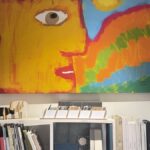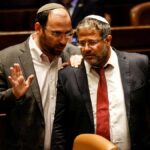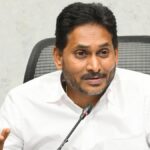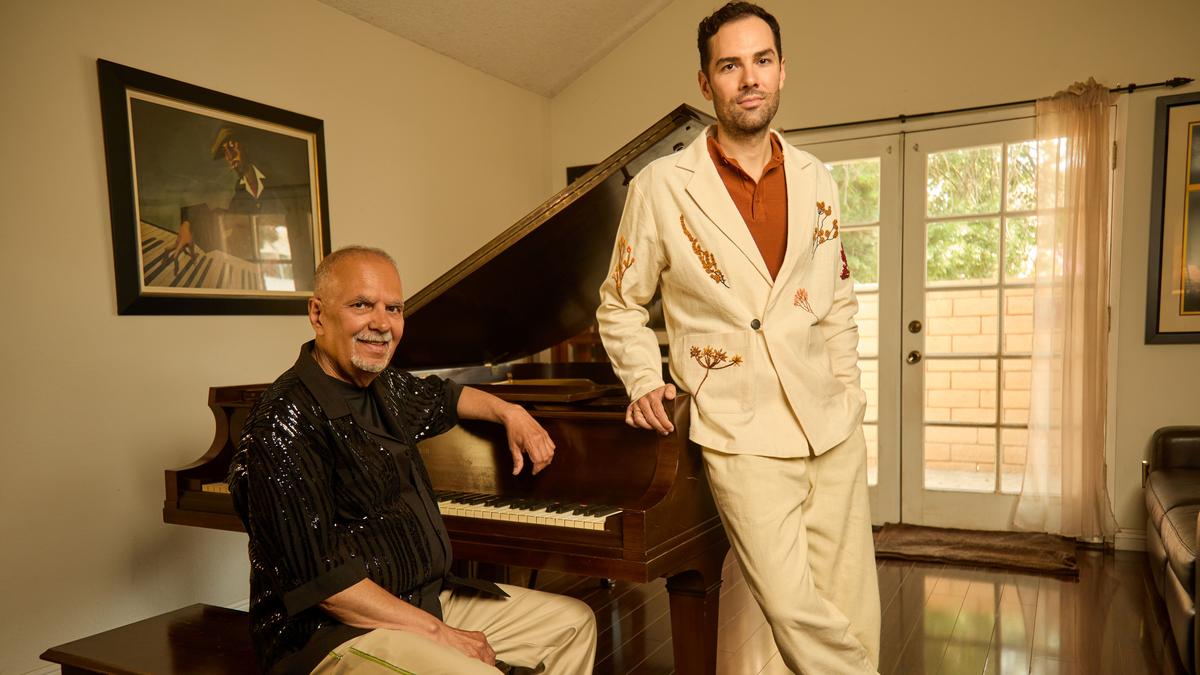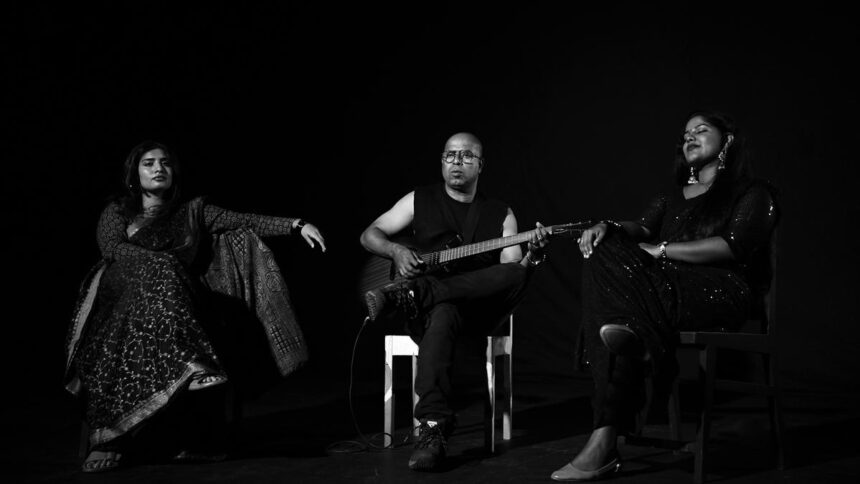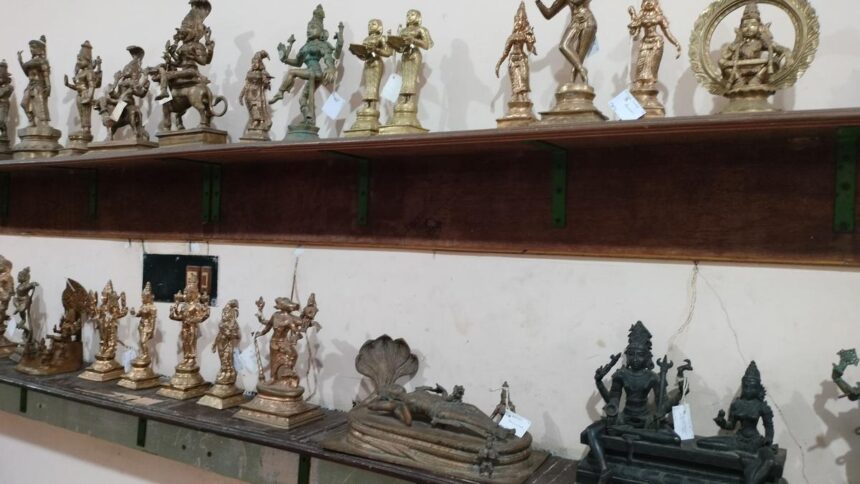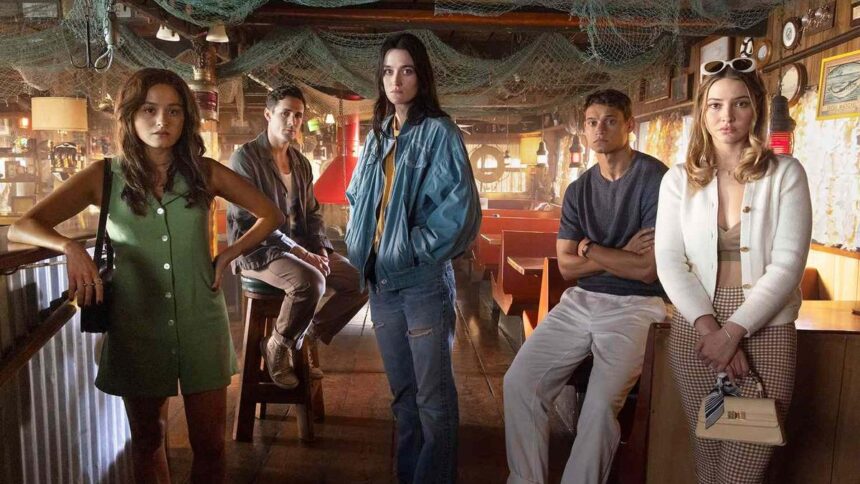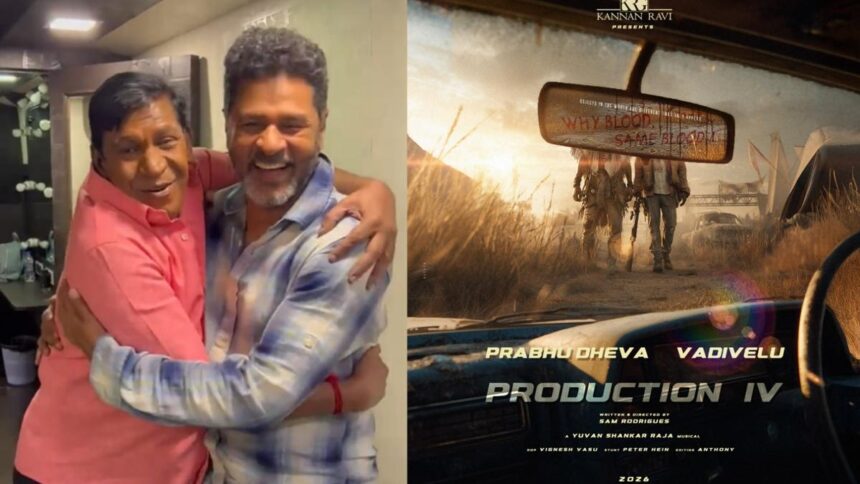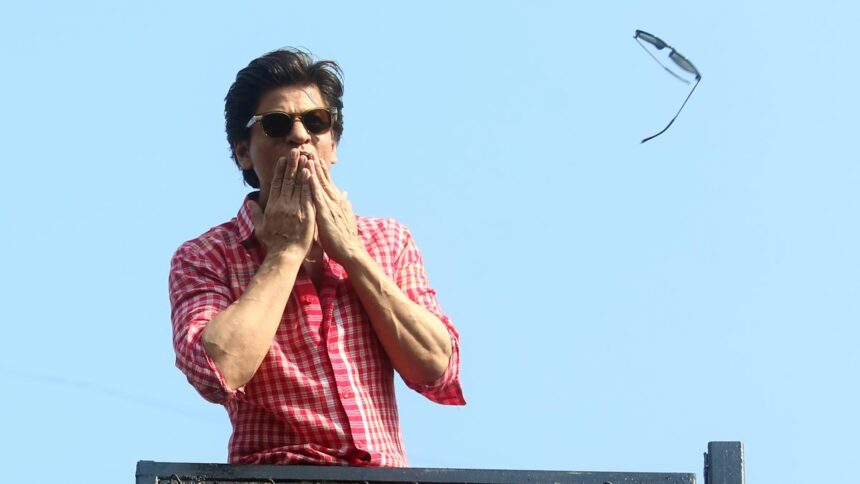India’s jazz community will know composer and keyboardist Dinshah Sanjana as the man behind the fusion group Divya, which hit the headlines in 1987 with the album Madras Café, and gained acclaim for the follow-up Kumbhamela a decade later. Having moved from Mumbai to Los Angeles in 1999, he continued with music production and instrument retail, but his dream was to create tunes close to his heart.
Dinshah has thus tied up with drummer Matthew Baker to release the jazz-fusion album 369 Hertz, under the name Freakquency. Containing 12 tracks, it has been put out by Moment Music, which he and Baker launched 12 years ago. The line-up is a mix of musician-friends he made during his stay in the U.S. and artistes he met online. The Indian musicians include sarod player Praashekh Borkar and Roshan Mandayam, who appear on the tune ‘Nayan’, and Hari Kumar Sivan, who plays on the title track.
“These two pieces are a nod to my past, but on the others, I have used music from different parts of the world. I wanted to use my friend Shekhar Borkar on the sarod, but his son Praashekh, now based in Perth, Australia, is more used to the digital methodology,” says Dinshah. ‘Nayan’ has elements of raag Sindhu Bhairavi on the sarod and violin, it also features Afro-Cuban American harp player Radha Botofasina. The title track uses the Carnatic raga Vasanta Bhairavi. Explaining the album’s name, the composer says, “The numbers three, six and nine are considered sacred — they represent creation, growth and completion or enlightenment. Since we call ourselves Freakquency, the title 369 Hertz went perfectly with our sound.”
Dinshah had started writing the songs in 2019, but things got stalled because of the pandemic. He faced some health issues, and after recovering, got down to the album. He says, “I wrote all the compositions and Matthew, the rhythm arrangements. We have known each other for over 20 years. During lockdown, we interacted virtually with many musicians. There was this fantastic Russian bassist Anton Davidyants, who readily agreed to play on a few tracks. Some musicians were from Los Angeles, whereas others from Munich or Paris.”
First virtual collaboration
It was the first time Dinshah worked virtually. He explains, “I am used to musicians sitting with me in the studio, discussing and improvising, rather than going back and forth through files. But one has to change with the times.”
Dinshah has been involved with music since the early 1980s. Besides Divya, he was associated with bands Ji Whiz, Holy Smoke and Ultimatum. His preference was always jazz and fusion. Divya was formed by Dinshah and Sandhya Sanjana with a view to fuse jazz with Indian elements. They recorded their first album Madras Café in 1986 and released it the following year. It was recognised for its balance of sounds and technical wizardry. Besides Dinshah, it featured Roy Venkatraman on the guitar, C.P. Sriram on the violin, Shernol Mathias on the bass, Fazal Qureshi on the tabla, Bondo Fernandes on the percussion and Sridhar Parthasarathy on the mridangam, with vocal inputs by Sandhya Sanjana and Shankar Mahadevan. The album is now available on the streaming platforms through Sony Music.
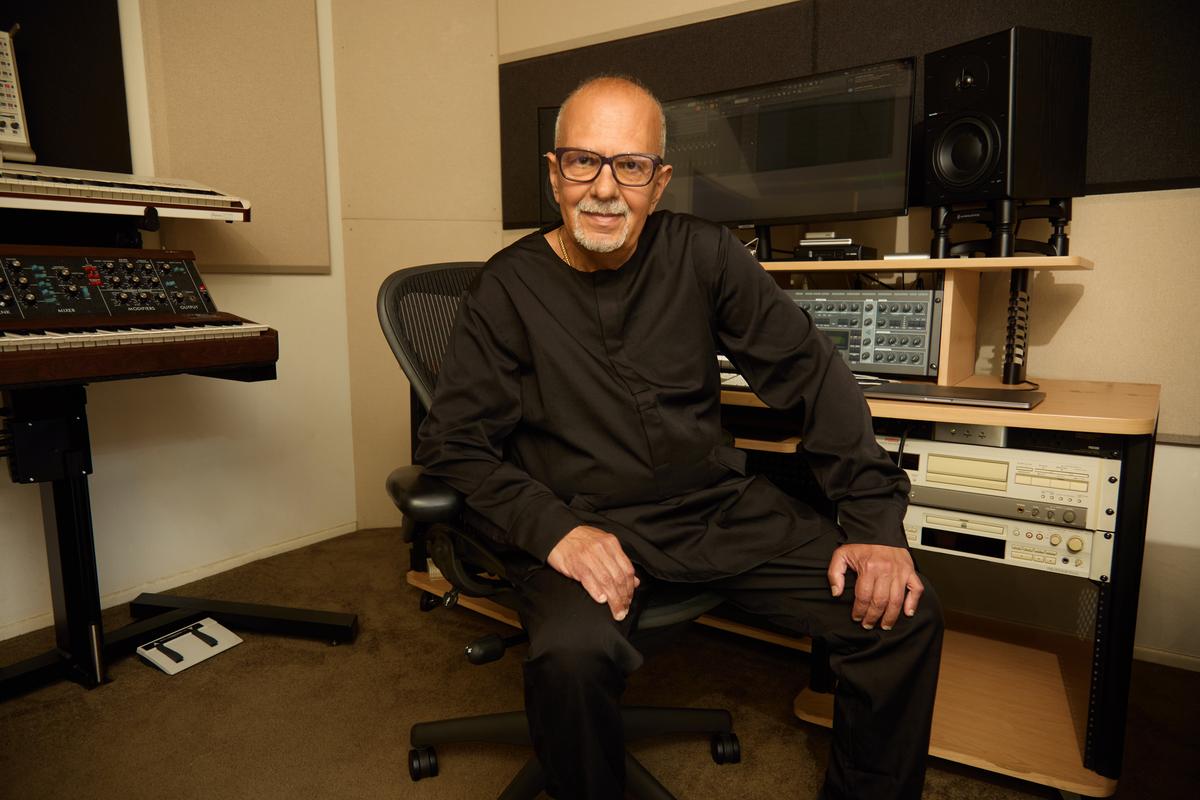
Dinshah will soon release the jazz-fusion album 369 Hertz, under the name Freakquency.
| Photo Credit:
Malik Daniels
With the organisation Jazz India promoting local artistes, Divya got a chance to perform at the John Coltrane Jazz Festival in Los Angeles, after the great saxophonist’s wife Alice Coltrane saw them play in Poland. Besides the US and Europe, they toured Japan, Malaysia, Thailand and the erstwhile Soviet Union. “Jazz India’s Niranjan Jhaveri helped us get a lot of shows abroad. The late 1980s and early 1990s were good for the kind of music we made, but by the end of the decade, Bollywood and some Indipop were the only things that were being pushed,” he points out.
Divya’s line-up kept varying, and newer entrants included mridangam player Viveick Rajagopalan and drummer Sanjay Maroo. In 1998, the line-up had Dinshah, Sandhya Sanjana, guitarist Paresh Kamath, bassist Naresh Kamath, American saxophonist Carl Clements, kanjira player Selva Ganesh and drummer Kurt Peters. Dinshah and Sandhya also recorded a soundtrack album for the UK’s Channel 4 series Ramayana: A Journey.
Dinshah’s latest project Freakquency has obviously given him a new high. He’s also happy with the quality of independent music that’s coming out in India these days. He says, “It may be a good time to collaborate with some younger musicians here. I’m also thinking of releasing Kumbhamela digitally.”
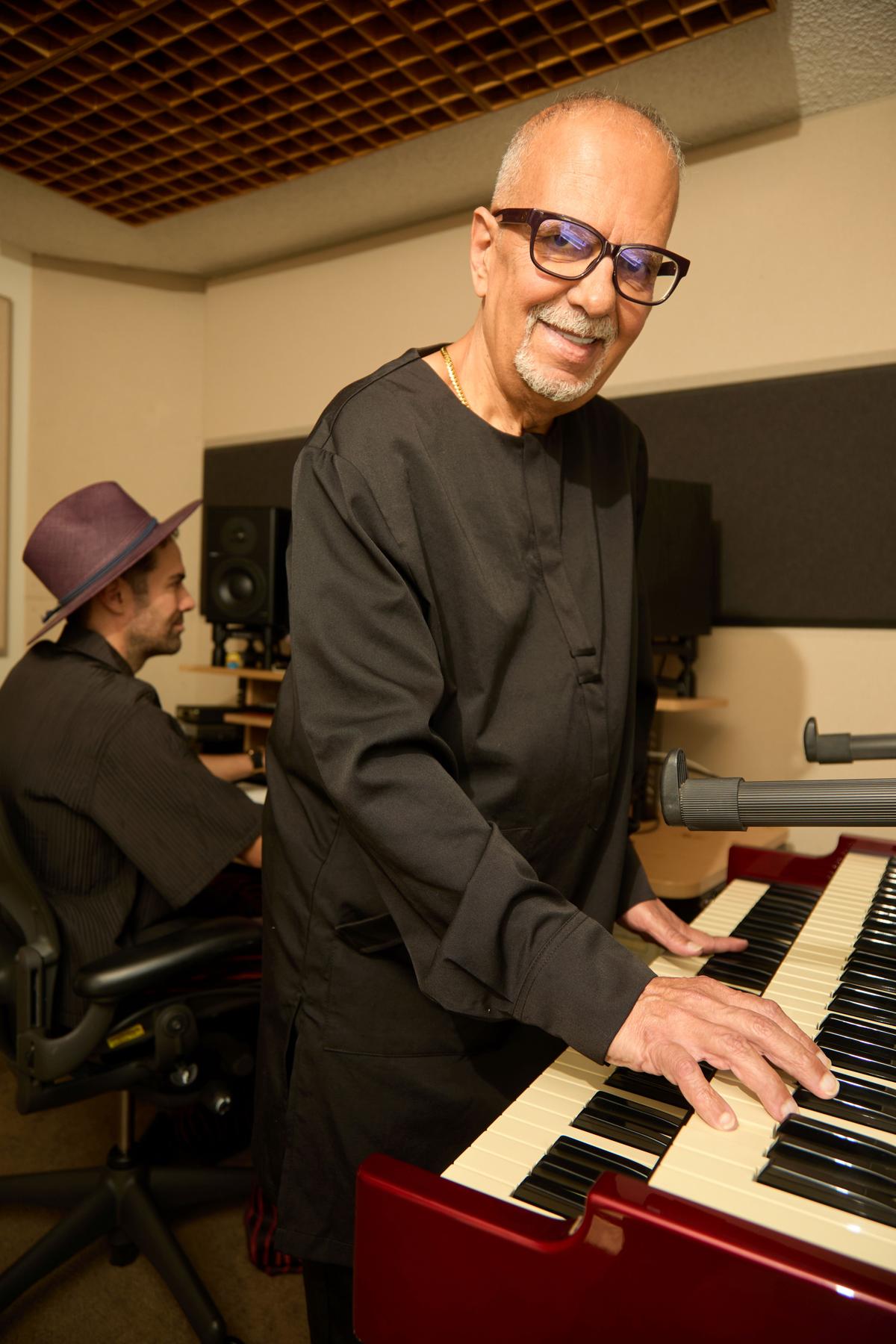
Dinshah started the band, Divya, with a view to fuse jazz with Indian elements
| Photo Credit:
Special Arrangement
Published – August 18, 2025 03:49 pm IST



